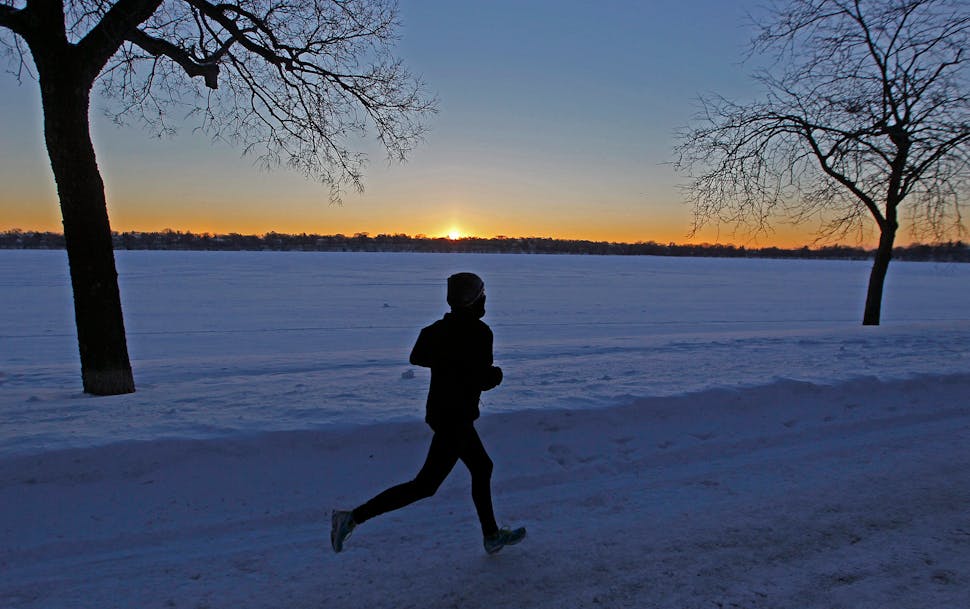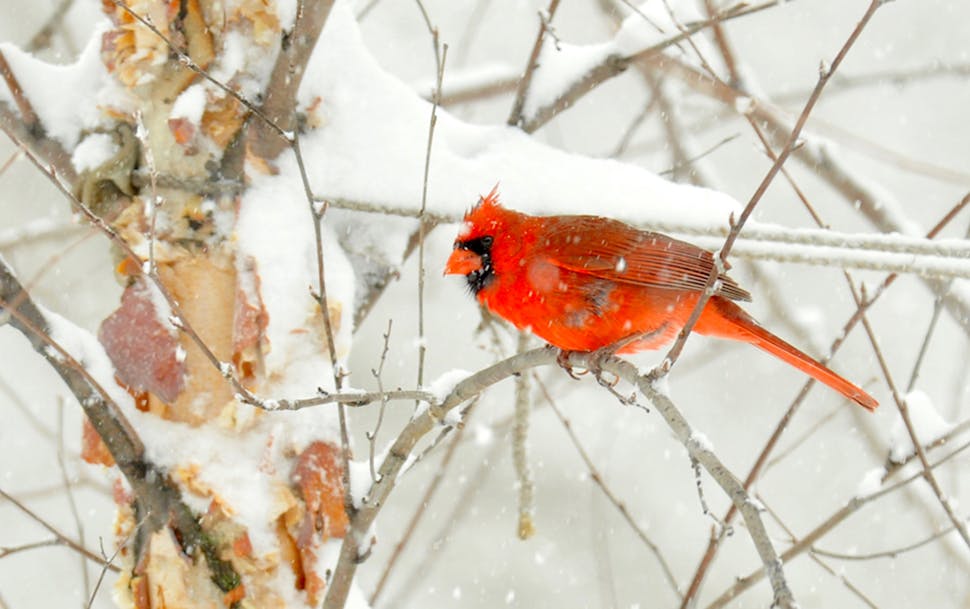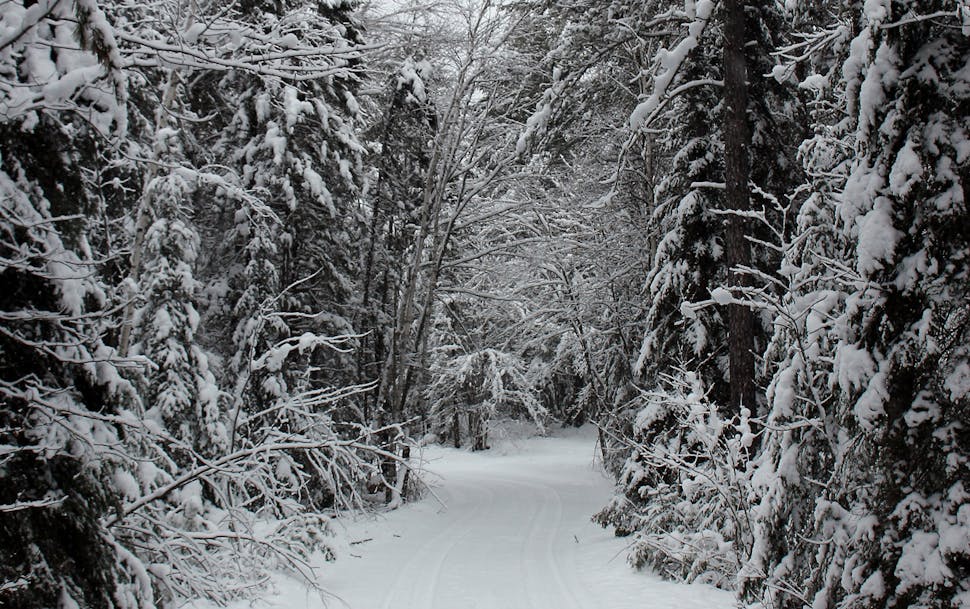For mind and body, add time in Minnesota's outdoors to your virus prevention kit
In the middle of last week, I took a long-planned camping trip with three of my college kids. We settled in at a small but comfortable cabin, Big Bluestem, in Afton State Park.
The skies were leaden with clouds and the breeze was cold when we arrived in midday. We quickly dumped the gear, pulled up buffs, and hiked off to the nearest trail to get close to the St. Croix River. As we walked, birds pierced the quiet with song, or darted past. Wind rustled the oak holdovers. Our icy ski trail was giving way to spring's thaw — and the crunch of our boots. We dropped down and down some more through the river bluffland.
I'm sure our blood pressure dropped, too. There wasn't a COVID-19 tweet in sight.
You've been told to wash hands and keep social distance. This is also vital to your well-being and to help flatten the curve: Spend time outdoors.
Doing so might be as important as anything for your mind and body — and ultimately the people you love — in our tumultuous days.
Scare or no scare, Jean Larson thinks a lot about the healing power of time outdoors for people's health. She runs nature therapy programs at the Landscape Arboretum in Chaska and is an assistant professor at the Center for Spirituality and Healing at the University of Minnesota.
Larson, too, has been outdoors at her farm in Princeton, Minn., and elsewhere contemplating our trying times and the peace that can be but a step away.
"When you can be out in nature, when you can connect with that biophilia part of yourself, your mind and spirit can relax, and you can reconnect to the higher executive function. And that is just how our brain works."
Larson says the best way to understand biophilia, an environmental psychology term, is to understand its opposite: biophobia. We are hard-wired to react to things we connect with fear. Our brains, she said, go into survival mode, and that hijacks our thought process. What's also innate is how we connect nature with peace and calm. That's biophilia at work.
"That's a calling kind of a thing for us," Larson says. "It's unconscious. It's part of our DNA. It's part of who we are, and when we're presented opportunities to be in nature that can activate that in us, our bodies can start to relax and find a sense of calm."
That sort-of flow state can center us. We find a higher level of consciousness — and an ability to process the good and the bad, to find our balance.
"If we're out on a walk in nature, if we're being present in this moment, feeling the air," says Larson, "it does bring a momentary calmness to you, and that is restorative.
"We live in this world of a thousand paper cuts. It's just an accumulation of stress. So, these moments where we can turn that off, and let our brains and bodies and spirits reboot, reinvigorates us and brings us that ability to go back into it."
Larson gave a little shoutout to health care providers carrying so much weight in the crisis. She hopes they find some refuge in the healing gardens and therapeutic landscapes that have become commonplace at facilities for patients and staff.
There is a hope in nature, Larson says, seeing that the natural world carries on regardless of our human demands and frailties.
"There is a constant. We have air to breathe — that's a constant. Why do we have air to breathe? Because we have trees around us."
Elementary? Maybe. But Larson says we as a species have worked so hard to protect against weather and calamity and discomfort — to survive — that we're disconnected. "We are not in touch with the biophilia parts of minds anymore."
Yet, look around. The opportunities are ever-present. And as Minnesotans, don't we have an even greater appreciation of natural spaces?
The ridges and ravines and prairie of Afton State Park were that opportunity for my kids and me. We grounded ourselves in what was real in that moment — our interconnectedness in scary times and our bond with the outdoors. We could for a time wrap our brains around all of it.
The research and literature are abundant about nature's abiding therapy. At Afton, we were living proof. We found freedom in the birds and the rustling leaves and the river's thaw. All changing and, thankfully, unchanging.
Constant.
Bob Timmons • robert.timmons@startribune.com • 612-673-7899




![An ice house on Medicine Lake in Plymouth, MN. ] CARLOS GONZALEZ cgonzalez@startribune.com - January 4, 2017, Plymouth, MN, Ice Fishing on Medicine La](https://arc.stimg.co/startribunemedia/WZIJS3O4UBNOH63A7QIQUWSSJM.jpg?h=609&w=970&fit=crop&bg=999&crop=faces)
![Some of the many shed deer antlers in Sam Beamond's collection. ] ANTHONY SOUFFLE • anthony.souffle@startribune.com Shed hunter Sam Beamond showed o](https://arc.stimg.co/startribunemedia/A2WZIQQEEG6WI74FOSDVNBMBLQ.jpg?h=609&w=970&fit=crop&bg=999&crop=faces)